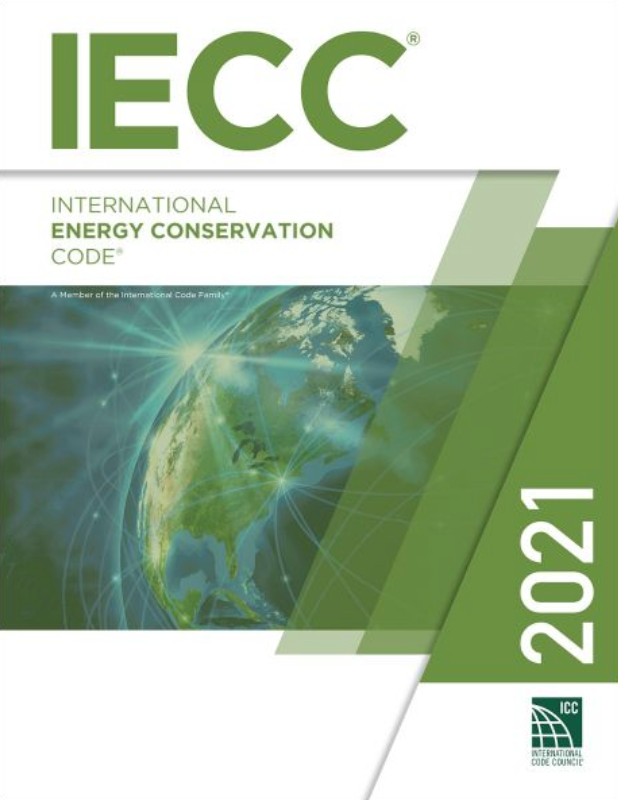RENEWABLE ENERGY PROCURMENT FRAMEWORK
THE ZERO CODE
The Zero Code Renewable Energy Procurement Framework
The Zero Code Renewable Energy Procurement Framework provides code-adaptable language that defines the energy efficiency measures and on-site renewable energy production and/or off-site renewable energy procurement to support the construction of zero carbon buildings.
KEY FEATURES OF THE RENEWABLE ENERGY PROCUREMENT FRAMEWORK
Adopting the Zero Code Renewable Energy Procurement Framework
The framework works alongside energy efficiency, electrification measures and other decarbonization strategies to support the construction of code-compliant, zero-carbon buildings that use local clean energy. Elements of the framework were formally adopted by the International Code Council and are included in the 2021 International Energy Conservation Code (IECC) as Appendix CC: Zero Energy Commercial Building Provisions. The framework applies to new commercial, industrial and mid- to high-rise residential buildings – the dominant building types being constructed in cities today. It can also be applied to existing buildings.
The framework is designed to be both plug-and-play and highly flexible and adaptable for any jurisdiction to use. Cities and states can adopt all or aspects of the framework through a regular code-adoption process or via other policy pathways described here.
THE ZERO CODE 2.0
The Zero Code 2.0 provides a national and international framework for building energy standards for new building construction that integrates cost-effective energy efficiency standards with on-site and/or off-site renewable energy to support the construction of zero carbon buildings. The Zero Code 2.0 applies to new commercial, institutional, and mid- to high-rise residential buildings, the dominant building types being constructed in cities today. The Zero Code 2.0 has been updated from the original version to reference ASHRAE Standard 90.1-2019, and provide options to specify beyond-code energy efficiency and eliminate the direct use of fossil fuels in buildings.
THE ZERO CODE RENEWABLE ENERGY FRAMEWORK IECC APPENDIX
The Zero Code Renewable Energy Procurement Framework has been included in the 2021 IECC as the voluntary Appendix CC: Zero Energy Commercial Building Provisions, which can be adopted by local governments.
THE 2022 ZERO CODE FOR CALIFORNIA
The 2022 Zero Code for California includes prescriptive and performance paths to compliance based on the upcoming 2022 California Building Energy Standards (BEES) and its pending Hourly Source Energy metric. The 2022 Zero Code for California also prohibits gas equipment in the building, requires a minimum amount of on-site PV, and requires that the building owner commit to buying 100% renewable electricity for 20 years. The 2022 Zero Code for California was developed in collaboration with AIA California and is their official petition for amendments to the California Green Building Standards Code for updates to the 2022 California Green Building Standards Code (CALGreen).
Additional Resources
DIRECTORY
The Zero Code Renewable Energy Procurement Framework references national and international standards and can be adopted and enforced by any jurisdiction anywhere in the world. However, the fundamental concepts have been adapted for several specific uses which can be found in the Directory.
Energy Calculators
The Zero Code Renewable Energy Procurement Framework is supported by Energy Calculators that ease the implementation process and reduce errors when applying the prescriptive compliance path.
Resources
Zero Code Renewable Energy Procurement Framework adoption and implementation is supported by a series of Resources including a Technical Support Document for the Procurement of Off-Site Renewable Energy and a Technical Support Document for the Zero Code for California.



